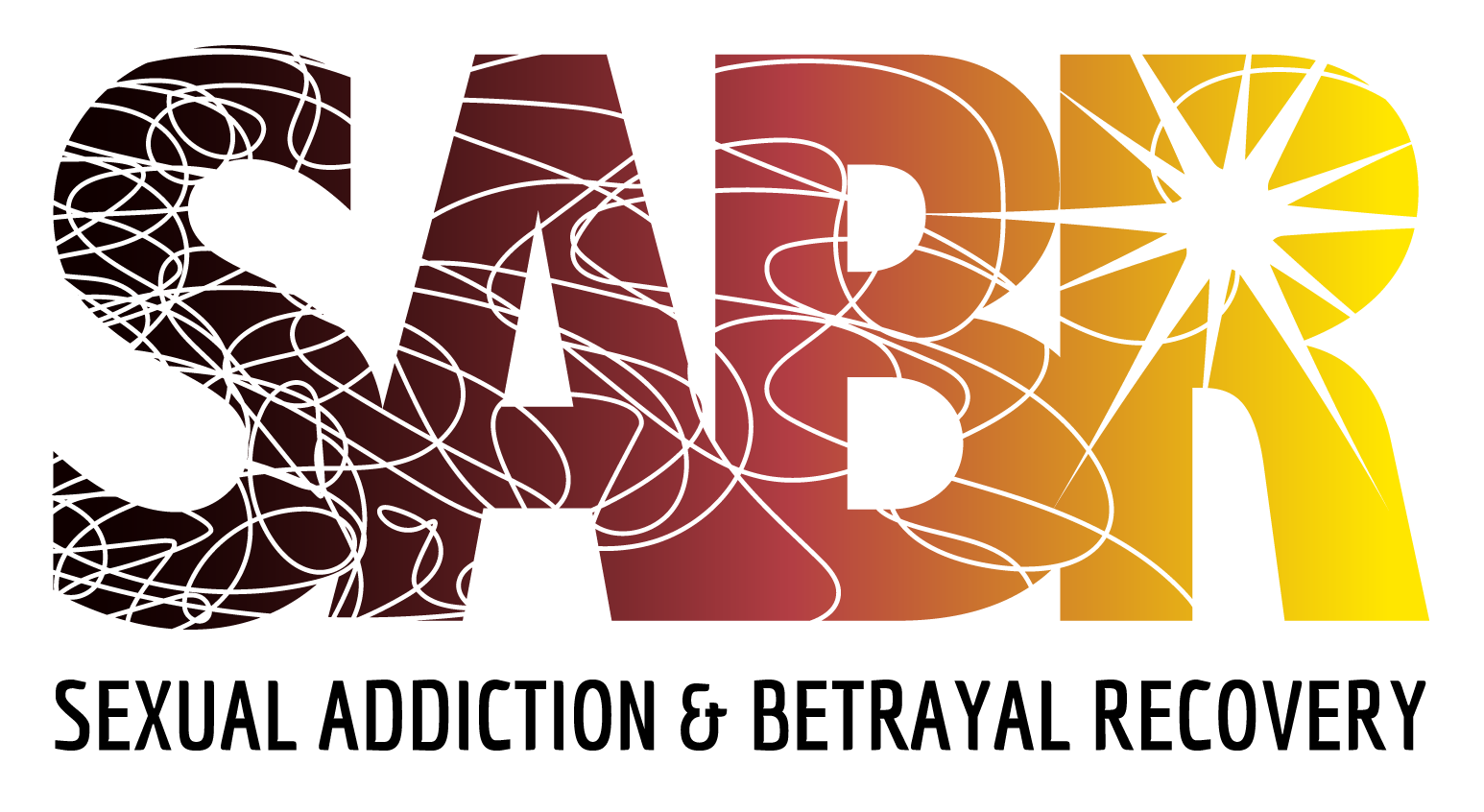
The conversation around pornography often centers on its impact on individuals' mental and emotional well-being. Misconceptions abound, especially when distinguishing between a porn habit and a porn addiction. This article aims to clarify these distinctions, providing insights from experts in the field and highlighting therapeutic approaches like the SABR program.
Habitual Use vs. Addiction
A porn habit and porn addiction are not synonymous. A habit involves repeated behavior that can be changed or stopped with relative ease. For example, someone might watch pornography out of boredom or routine without it significantly interfering with their life. On the other hand, an addiction, as noted by Patrick Carnes, involves compulsive behavior despite harmful consequences. Individuals with porn addiction experience intense cravings, loss of control, and significant distress or impairment in various life areas.
Psychological Underpinnings of Addiction
Understanding the psychological aspects is crucial. Porn addiction, like other addictions, involves the brain's reward system. Repeated exposure to pornography can lead to the release of dopamine, a neurotransmitter associated with pleasure. Over time, the brain begins to crave this stimulus, requiring more frequent or more intense pornography use to achieve the same dopamine release. This cycle of craving and consumption can lead to addiction, characterized by tolerance, withdrawal, and compulsive use despite adverse consequences.
Stefanie Carnes and Rob Weiss emphasize that addiction sometimes stems from underlying emotional issues such as trauma, anxiety, or depression. Individuals may turn to pornography as a way to cope with these emotions, creating a destructive cycle that perpetuates addiction.
Educational Strategies and Intervention
Educational strategies play a vital role in addressing both porn habits and addiction. Awareness and understanding of the issue can help individuals recognize problematic behaviors early. For those struggling with addiction, comprehensive programs like the Sexual Addiction and Behavioral Recovery (SABR) program offer evidence-based interventions. The SABR program, supported by Family Strategies Counseling Center, emphasizes education, therapeutic intervention, and community support to foster recovery.
The Role of Therapeutic Intervention
Therapeutic intervention is essential in treating porn addiction. Cognitive-behavioral therapy (CBT) is one effective approach, helping individuals identify and change negative thought patterns and behaviors associated with addiction. Therapists like Kim Buck and John Hinson highlight the importance of addressing co-occurring disorders, such as anxiety or depression, which often accompany addiction.
The SABR program incorporates a multifaceted approach, including individual and group therapy, educational workshops, and accountability structures. This comprehensive strategy ensures that individuals receive the support needed to overcome addiction and build healthier behaviors.
Conclusion
Distinguishing between a porn habit and porn addiction is crucial for effective intervention. While habits can often be managed with increased awareness and self-control, addiction requires comprehensive treatment and support. Programs like SABR offer hope and structured pathways to recovery, emphasizing education, therapeutic intervention, and community support.
Family Strategies Counseling Center has actively serviced clients since 2000 in treatment for pornography addiction or sexually compulsive behavior. Our SABR program for adults, Tribe for college students, and Band of Brothers for teens can help you! Give us a call at (800) 614-8142 or visit our website for more information: SABR Program.

 -->
-->